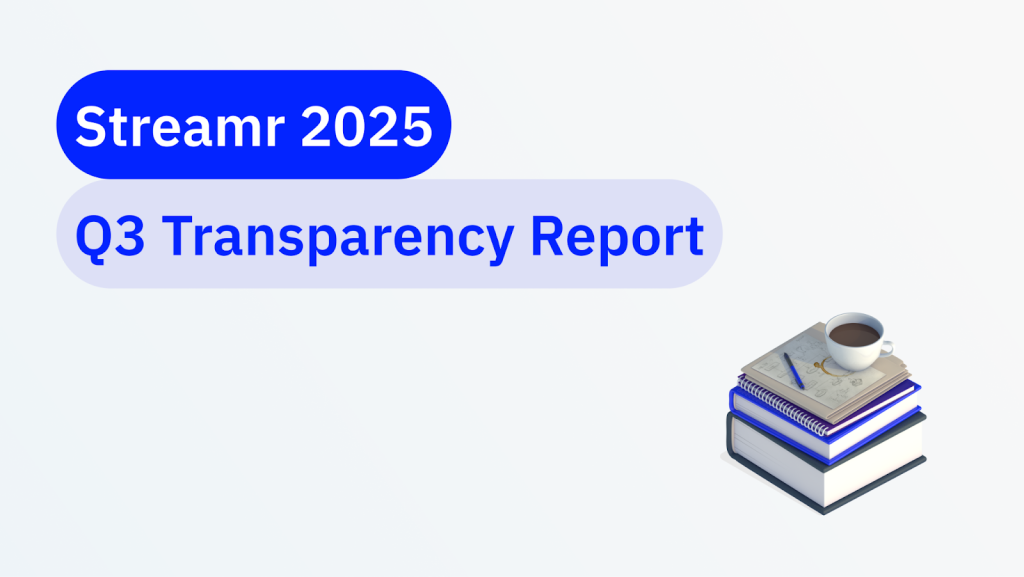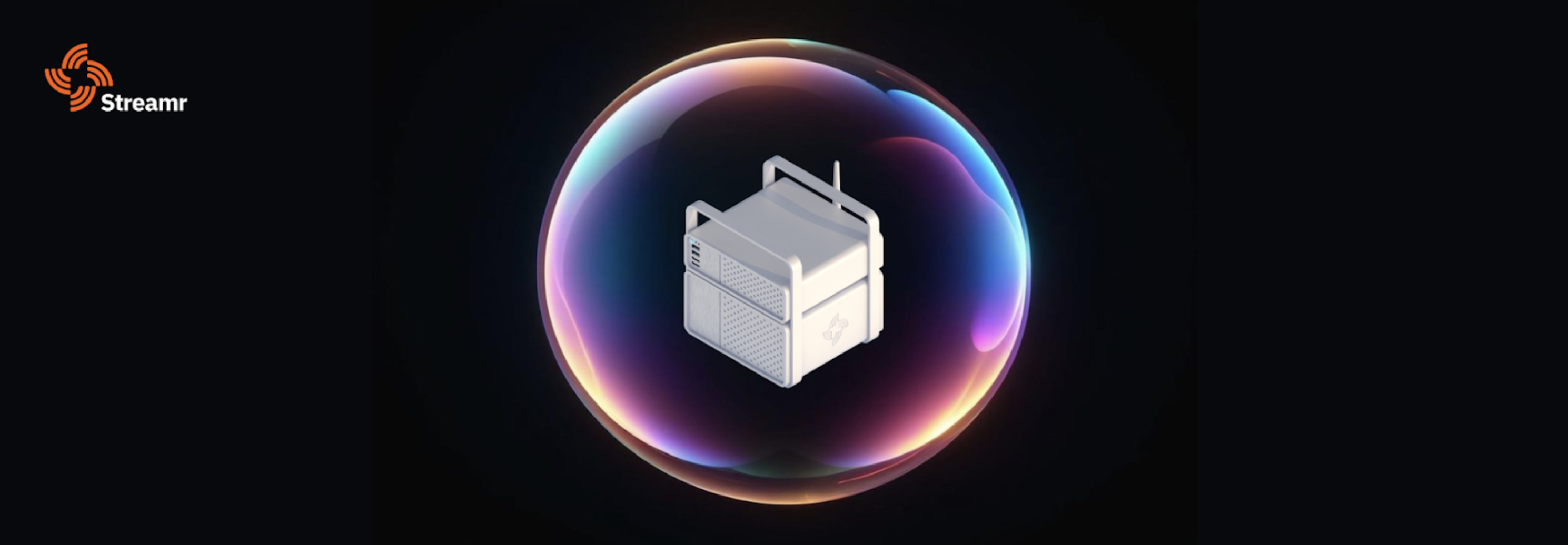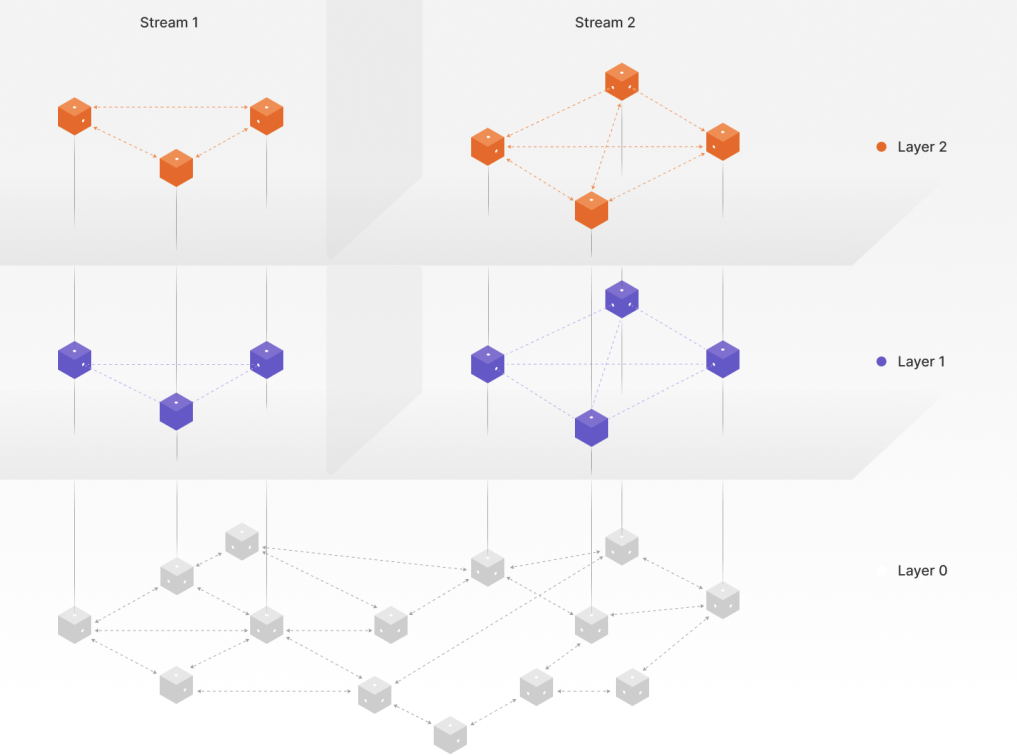How many people have heard about NFTs in recent months? Many. Who really understands what a Non Fungible Token is? Likely not so many. Let’s see what this means in concrete terms.
Today, any individual can create or buy an NFT with the hope of making (a lot of) money. Are NFTs the new Eldorado?
Despite a massive craze for these precious certificates and the gradual opening of the crypto-sphere to wider public attention, NFT technology remains unclear to most people.
Table of Contents
Simple definition of an NFT
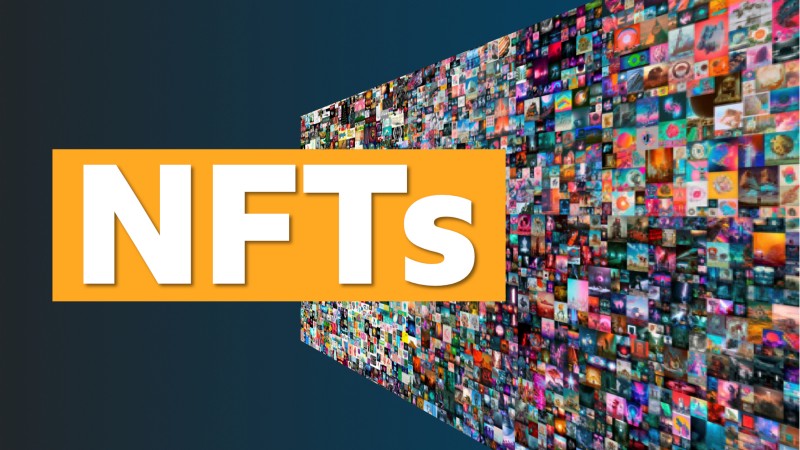
An NFT or non-fungible token is a unique digital property that proves the authenticity of a virtual object. Its main characteristic is that it is tamper-proof. For example, a jpeg file, by definition, can be reproduced endlessly. NFT technology, on the other hand, can make this same jpeg non-reproducible.
How can this be done? By authenticating the file in the blockchain (a computer process that encrypts and secures financial transactions over the internet), which indicates the name of the owner of the NFT, the date it was put on the market, the history of transactions and variations in its value. However, an NFT is not necessarily an image. It is a non-fungible asset/value that can even be sound, for example. In any case, an NFT is acquired in cryptocurrency.
NFTs have been widely used in the art market, where certificates of authenticity are particularly popular, even in the real world. However, NFTs can be purchased in many other forms: tweets, online football player cards, unlimited access to online concerts, digital reproduction of a bottle of champagne, virtual clones of luxury clothes, identifications, etc.
Finally, an NFT can be compared to a collector’s card that would allow brands and artists to build customer loyalty, and create active and highly engaged fan communities.
While the future of cryptocurrencies and NFTs remains unclear, many experts believe that this technology will revolutionise the economy and offer an infinite range of possibilities to companies, artists and major brands. However, for now, the NFT craze is still clearly the preserve of people with high incomes.
Going a step further: understanding the technicalities of non-fungible tokens
The technology of non-fungible tokens is linked to blockchains. Transactions made on these “blockchains” are accessible to all users, guaranteeing the transparency of cryptocurrency purchases/sales. The Ethereum blockchain is, to date, the main distributor of NFTs.
Because they incorporate the blockchain, NFTs are algorithmically controlled. There is no central machine, physical entity or individual that controls and manages the exchanges. Non-fungible token technology is known for its security.
The precious tokens are hosted in databases scattered around the world, secured by all the machines on the blockchain. Nevertheless, despite a robust security system, there is no such thing as zero risk.
From a technical point of view, in order to create an NFT, it is important to have a cryptocurrency wallet and to be present in an NFT marketplace. For creators, this is a great opportunity to protect their work, disseminate it and earn revenue from it. However, like any speculative market, the value of NFTs is in flux and no one can bet on their future.
What is the point of buying NFTs?
The value of buying NFTs is simply the technology with which they are made. On the one hand, artists create limited editions for their artworks. On the other hand, consumers seem to be attracted to limited edition objects.
However, everything that is rare is more valuable according to the law of scarcity. Especially when the object is made in a single copy. It goes without saying that its price is considerably higher.
In addition, there are those various objects and items that are sold as non-fungible tokens. Many are prepared to spend a fortune to obtain them exclusively. This is the case of the very first tweet of Jack Dorsey, its founder. Indeed, “just setting up my twttr”, was sold for over three million dollars.
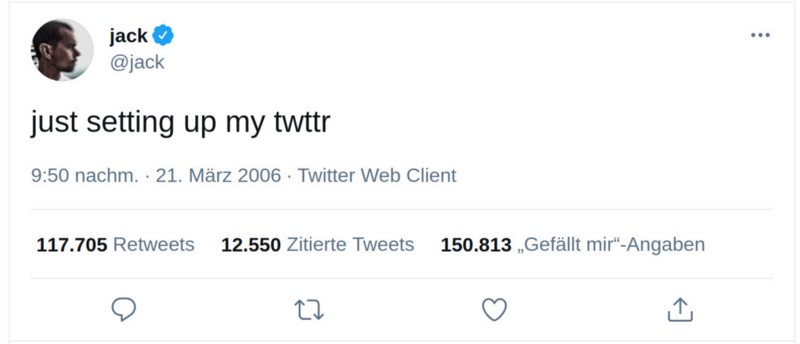
Finally, art fans are willing to offer a fortune for a rare or even exclusive work of art with historical and monetary value. Artworks have long been sidelined, with artists only making money at auction. Today, the market looks set to flourish and transactions are easier than ever.
A future integration in the metaverse with META?
Meta’s interest in NFTs is not surprising in itself. Both are working with blockchain and NFTs could have a use in the virtual world that Meta is developing. In particular, it would be possible to turn one’s avatar’s outfit into an NFT and take it with you anywhere in the metaverse.
“There are a lot of technical things that need to be worked out before this can actually happen,” said Mark Zuckerberg. And he’s not wrong. The fact is that the very principle of the metaverse is still misunderstood by many, as is the interest in such a project. The same is true of NFTs, these digital objects are only understood by those who take part in the market.
However, the integration of NFTs on Instagram should happen long before that. The social network will not be the first to take the plunge. Twitter has been allowing its users to set an NFT they own as their profile picture for a while now. It remains to be seen whether people will follow.
Streamr and NFT’s
Streamr has already worked on a couple of NFT’s, and is working on some more! The first NFT’s created in collaboration with the Streamr team by artist Stuart Wade were the Streamr-Wolfpack NFTs.
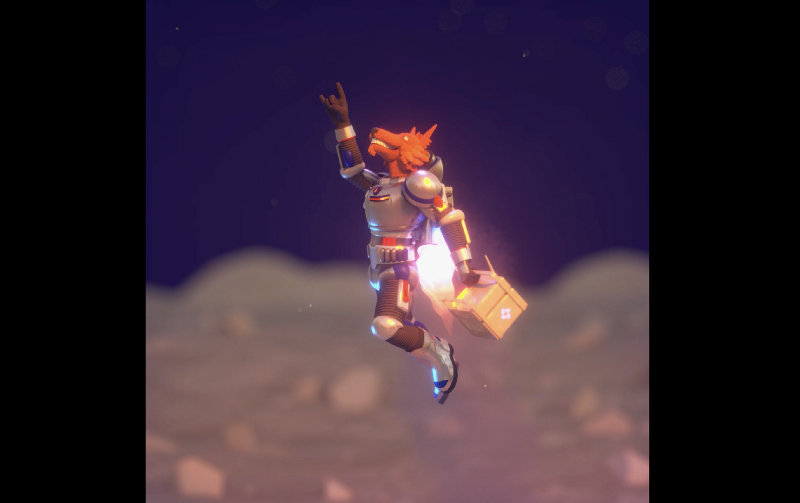
You can find fun storytelling with Matt & Stuart about these NFT’s right here.
Anti-Rival NFTs
The ARTACA project plans to introduce proof-of-contribution and proof-of-competence NFTs to recognise the contributions of Streamr community members. The idea for these NFTs comes from research on anti-rival compensation and accounting methods for the digital age.
We’ll be sharing on our social media much more about ARTACA very soon.
We also have Web3 gaming, which has strong links to NFTs. A great example is DeChess, where moves are published as Streamr streams directly. Here is a short presentation by Matthew Fontana touching on the subject of real-time NFTs.
If you would like to learn more about NFT’s and/or have any questions related to Streamr, please feel free to join us on our Discord!
Crypto and NFTs come with a lot of risk. Please do your own research, perform test transactions, and be careful of scammers. Nothing here constitutes or should be considered as financial guidance or advice.




